Currency
Shree Chintamani Parshwanath Jain yantram ( 12 by 14) Thick Guage
- Shree Chintamani Parshwanath Mahayantram ( 12 by 14)
- Made in Thick Guage sheet
- Special Jain Yantra
Original price was: ₹4,950.₹4,004Current price is: ₹4,004.

Get 3% Discount on Prepaid Orders
1 in stock
What Our Customers Are Saying
Chintamani Parshwanath Jain Yantram
The Chintamani Parshwanath Jain Yantram is a sacred mystical diagram or yantra used in Jainism, particularly related to Lord Parshwanath, the 23rd Tirthankara of Jain tradition. Yantras are geometric figures often used as tools for meditation, spiritual focus, and invoking divine energies.
-
Chintamani literally means “wish-fulfilling jewel” in Sanskrit.
-
Parshwanath is revered as a Tirthankara, known for his teachings on non-violence, truth, and spiritual liberation.
-
The yantra is believed to aid devotees in attaining spiritual clarity, peace of mind, and protection from obstacles.
-
The design typically incorporates geometric patterns symbolic of Jain cosmology and the spiritual principles taught by Lord Parshwanath.
Benefits Of Chintamani Parshwanath Jain Yantram
-
Spiritual Upliftment
The yantra helps the devotee focus their mind and energy towards Lord Parshwanath, fostering spiritual growth and deeper meditation. -
Peace and Calmness
Regular worship or meditation with the yantra can bring inner peace, reduce stress, and calm the mind. -
Protection from Negative Energies
It is believed that the yantra acts as a shield, protecting the devotee from evil forces, negative vibrations, and harmful influences. -
Fulfillment of Desires (Chintamani Effect)
The word Chintamani refers to a mythical wish-fulfilling jewel. The yantra is said to help fulfill genuine desires and remove obstacles in life. -
Good Health and Prosperity
The yantra is believed to attract positive energies that promote health, wealth, and overall prosperity. -
Enhances Concentration and Focus
Meditating or focusing on the yantra can improve mental concentration and clarity. -
Support in Difficult Situations
Devotees often use this yantra to seek divine help during challenging times, for solutions to problems, and for guidance. -
Balances Energies
The geometric design is said to balance cosmic energies in the environment where it is kept, promoting harmony and well-being
Benefits Of Chintamani Parshwanath Jain Yantram In Hindi / ( चिंतामणि पार्श्वनाथ जैन यंत्र के लाभ हिंदी में )
- आध्यात्मिक उन्नति
यह यंत्र भक्त को भगवान पार्श्वनाथ की ओर मन और ऊर्जा केंद्रित करने में सहायता करता है, जिससे आध्यात्मिक विकास और गहरी ध्यान साधना को बढ़ावा मिलता है। - शांति और मानसिक स्थिरता
नियमित पूजा या ध्यान के माध्यम से यह यंत्र आंतरिक शांति प्रदान करता है, तनाव को कम करता है और मन को शांत करता है। - नकारात्मक शक्तियों से रक्षा
ऐसा माना जाता है कि यह यंत्र एक ढाल की तरह कार्य करता है, जो भक्त को बुरी शक्तियों, नकारात्मक ऊर्जा और हानिकारक प्रभावों से सुरक्षित रखता है। - इच्छा पूर्ति (चिंतामणि प्रभाव)
‘चिंतामणि’ एक कल्पनात्मक मणि है जो इच्छाएँ पूरी करती है। ऐसा कहा जाता है कि यह यंत्र सच्ची इच्छाओं की पूर्ति और जीवन में आने वाली बाधाओं को दूर करने में सहायक होता है। - अच्छा स्वास्थ्य और समृद्धि
यह यंत्र सकारात्मक ऊर्जा को आकर्षित करता है, जो अच्छे स्वास्थ्य, धन और समग्र समृद्धि को बढ़ावा देती है। - एकाग्रता और फोकस में वृद्धि
यंत्र पर ध्यान केंद्रित करने से मानसिक एकाग्रता और स्पष्टता में सुधार होता है। - कठिन परिस्थितियों में सहायता
भक्त इस यंत्र का उपयोग कठिन समय में दिव्य सहायता प्राप्त करने, समस्याओं के समाधान के लिए और मार्गदर्शन के लिए करते हैं। - ऊर्जाओं का संतुलन
इसका ज्यामितीय स्वरूप उस स्थान की ब्रह्मांडीय ऊर्जा को संतुलित करता है, जहाँ इसे रखा जाता है, जिससे समरसता और कल्याण को बढ़ावा मिलता है
How To Worship Chintamani Parshwanath Jain Yantram / ( चिंतामणि पार्श्वनाथ जैन यंत्र की पूजा कैसे करें )
-
Dhyana (Meditation):
-
Sit calmly, close your eyes and chant mentally:
“Om Shri Parshwanathaya Namah”
-
Visualize Bhagwan Parshwanath and the Yantra radiating light and blessings.
-
-
Sankalp (Intention):
-
Make a mental resolve for your worship – it could be for peace, spiritual growth, or a specific wish.
-
-
Yantra Sthapana (Placing the Yantra):
-
Place the yantra on a red or white cloth.
-
Sprinkle purified water and offer sandalwood paste and flowers.
-
-
Offerings (Upacharas):
-
Light the deepak and dhoop.
-
Apply a dot of chandan to the yantra (center and corners).
-
Place flowers and offer raw rice (akshata) in a neat pattern.
-
Optional: Offer sugar or dry fruits symbolically.
-
-
Chanting Mantras:
-
Recite the Chintamani Parshwanath Mantra:
“Om Hreem Shreem Kleem Parshwanathaya Namah”
(108 times using a rosary or mentally) -
You can also chant the Namokar Mantra:
“Namo Arihantanam…” (3, 9, or 108 times)
-
-
Prarthana (Prayer):
-
Pray sincerely for your spiritual upliftment, removal of worries, or fulfillment of your positive desires.
-
-
Aarti:
-
If you have a Jain aarti for Parshwanath Bhagwan, perform it using the oil lamp
-
| Weight | .200 kg |
|---|
Q & A
FAQS
Yes — Rudrapuja guarantees authenticity and offers XRAY-certified Rudraksha beads, ensuring that each product is genuine and lab-validated.
Absolutely! We provide fast international shipping, with delivery typically within 5–12 business days after dispatch.
Yes — We offer Cash on Delivery across India, along with free shipping options.
You have 10 days from the date of delivery to return an item, provided it’s unused and in its original condition.
We strictly deal only in genuine products, and each Rudraksha is lab-certified to maintain the highest standards.
Visit our dedicated FAQ page for detailed answers on selecting Rudraksha beads, their benefits, meditation usage, and more.
You can reach us via WhatsApp, phone, or email. Details are available on our "Contact Us" page and site header.
At Rudrapuja, we promise 100% genuine products with an authenticity certificate. We source every Rudraksha bead to ensure freshness and purity. Our Vedic Yantras are crafted strictly as per the Puranas. We focus on understanding customer needs, solving their challenges, and offering authentic quality at the best price.




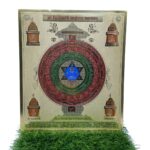
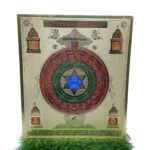
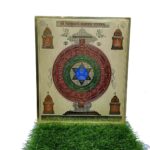




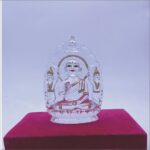
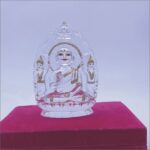






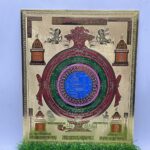
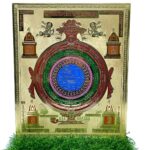










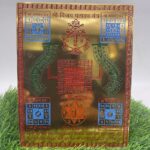
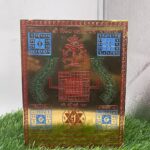
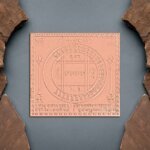


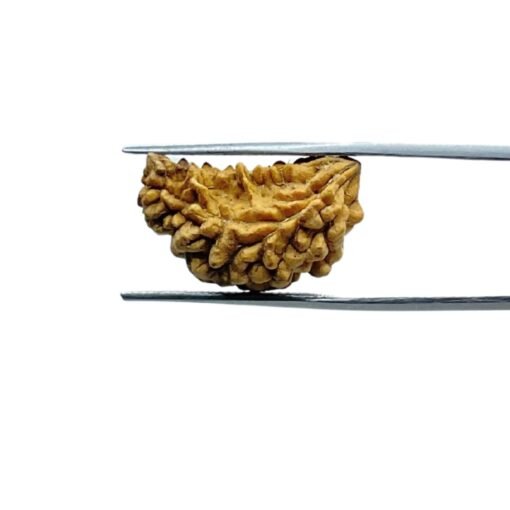

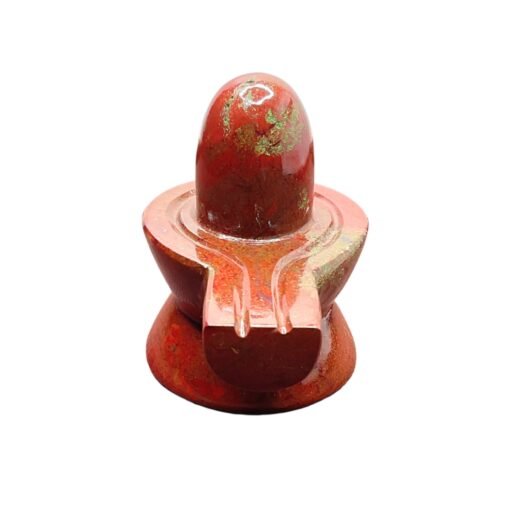
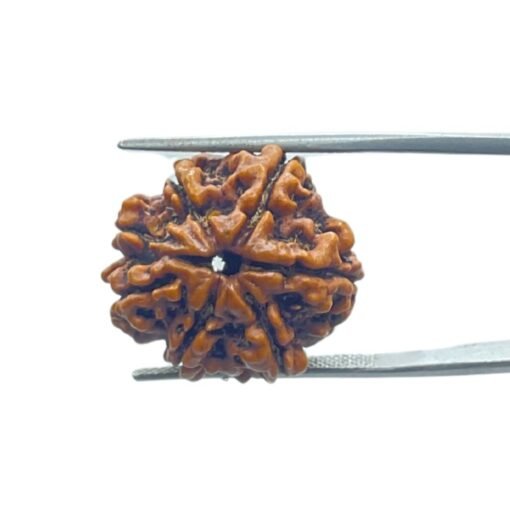
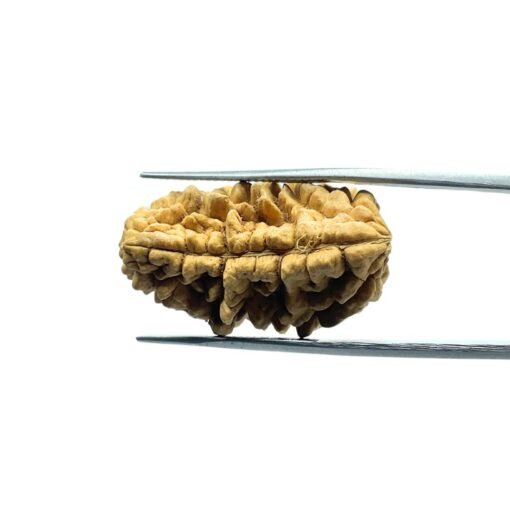
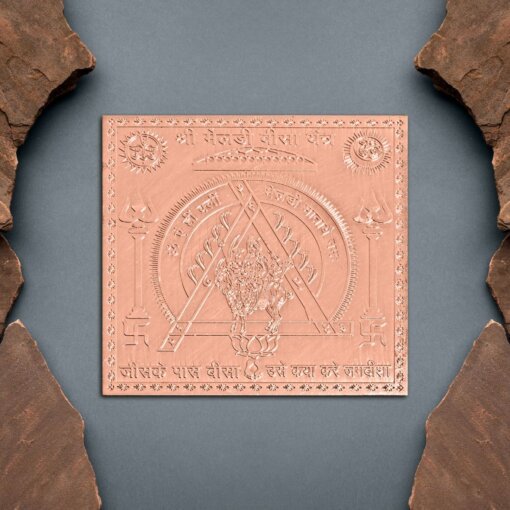
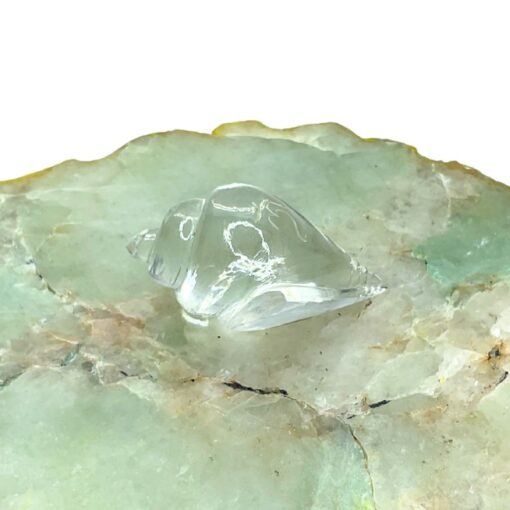




Reviews
There are no reviews yet